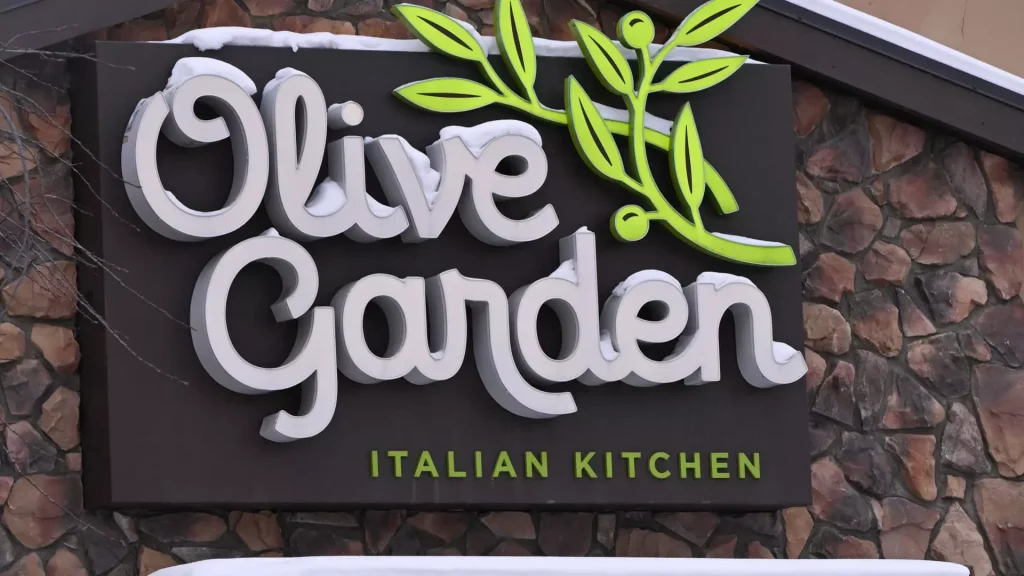In a world where dining experiences are continuously evolving, Darden Restaurants has found itself grappling with disappointing sales figures that fell short of Wall Street’s expectations. Despite being perceived as a leader in the casual dining sector, the company’s latest fiscal third-quarter report reveals a lackluster performance—most notably from its flagship chains, Olive Garden and LongHorn Steakhouse. This is alarming for investors who expected a stronger showing, particularly amid a post-pandemic rebound in the restaurant industry.

Mixed Earnings Reporting
On the earnings front, Darden managed to present adjusted earnings per share (EPS) of $2.80, just edging out analyst predictions of $2.79. However, when compared to the revenue figure, which reached $3.16 billion—falling short of the anticipated $3.21 billion—enthusiasm quickly waned. Despite an admirable increase in net income, rising from $312.9 million last year to $323.4 million this year, many stakeholders might question whether the company’s financial health is as robust as it seems.
Underperformance in Key Brands
The real shock comes from the same-store sales growth rates that were significantly slower than analysts’ predictions. Olive Garden’s growth of 0.6% compared to a projected 1.5%, and LongHorn Steakhouse’s 2.6% against a hopeful 5% signal that all is not well in the hearts—and stomachs—of the dining public. Both chains typically serve as cornerstones of Darden’s revenue, and their underperformance raises concerns about the brand’s relevance in a competitive dining landscape.
A Bleak Outlook Ahead
The forecast for the rest of the fiscal year certainly does not inspire confidence. Darden’s reiteration of its revenue target at $12.1 billion, paired with a slightly narrowed range for adjusted earnings from continuing operations, suggests either a lack of innovation or an inability to respond to consumer preferences effectively. As the company brackets itself in a tight margins game with little room for error, this could become a slippery slope.
Industry Trends and Changing Tides
Changing consumer habits and a heightened demand for innovative dining experiences indicate that Darden’s traditional operational model may need a significant overhaul. The introduction of Chuy’s to its portfolio does provide a glimmer of hope, yet the wait to integrate its results into same-store sales metrics until 2026 raises questions about immediate growth strategies. Are they too late to capitalize on the Tex-Mex craze? If management doesn’t pivot swiftly to adapt to the evolving landscape, Darden might not just be dealing with quarterly disappointments but could face a long-term decline in market share.

The numbers tell a disconcerting story, underscoring that while Darden Restaurants has a formidable history, the question remains: can they innovate fast enough to retain their ground in a rapidly changing dining environment? The stakes are higher than ever, and a failure to act decisively could leave them in a tough position as their competitors race ahead.

